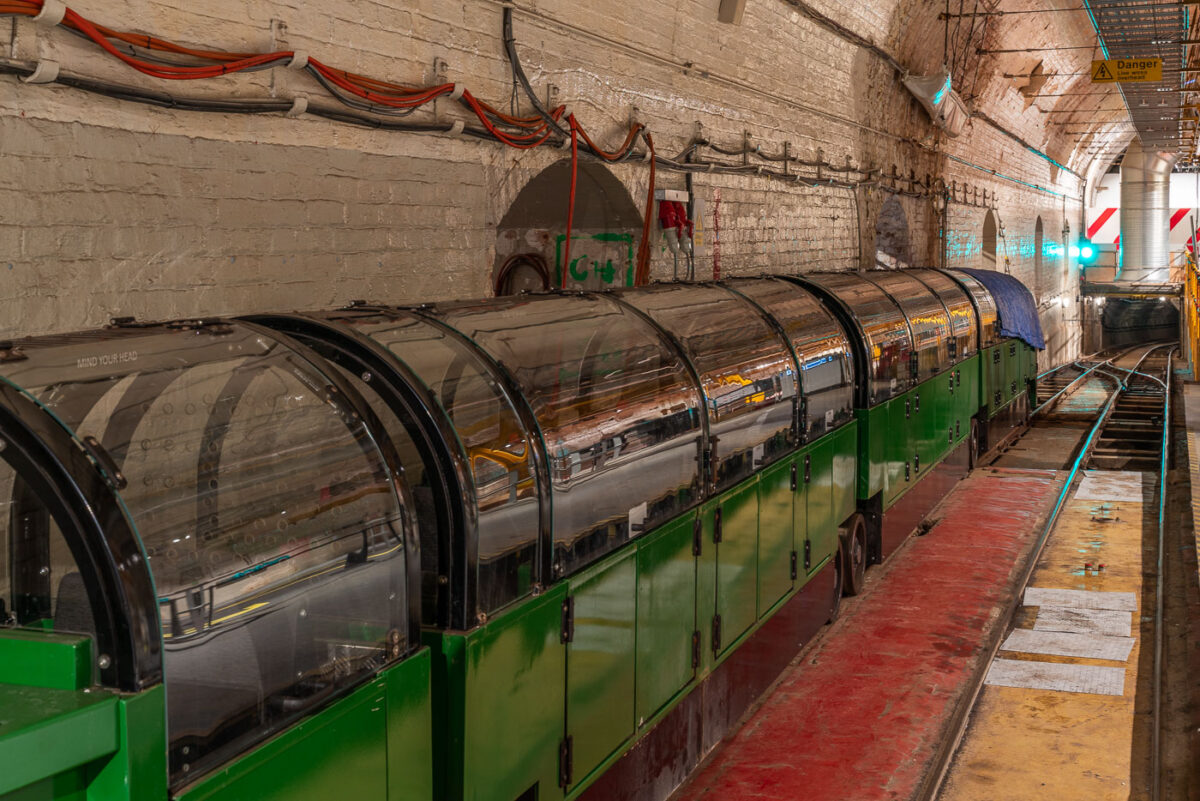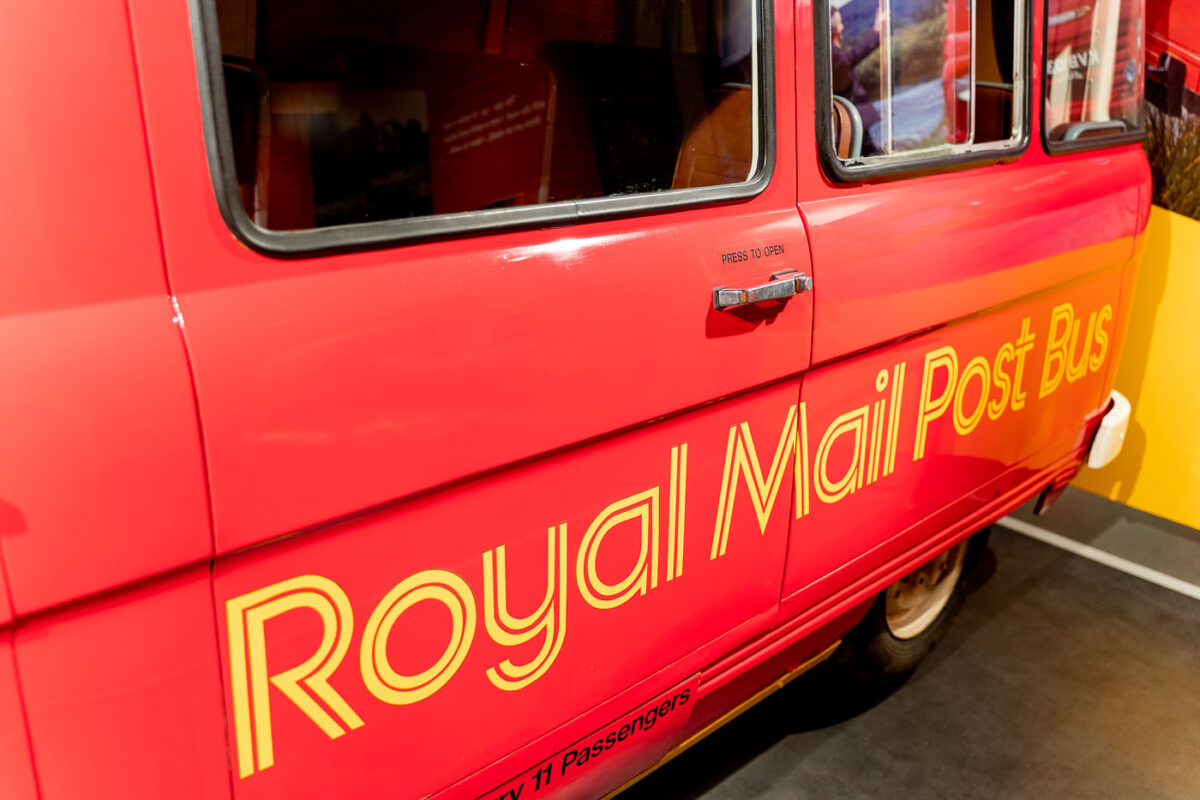
London Post Office Railway – Mail Rail at the Postal Museum
Beneath the streets of central London lies one of the city’s lesser-known engineering feats—the Post Office Railway, more commonly known as the Mail Rail. Built in the early 20th century and officially opened in 1927, the driverless electric railway carried letters and parcels between key sorting offices and railway stations, including Paddington, Mount Pleasant, and Liverpool Street. The tunnels, only 2 feet wide and running for over six miles, allowed mail to move across the capital in a fraction of the time it took above ground, unaffected by London’s constant congestion.
The trains, such as the preserved unit pictured here, were designed to operate automatically, hauling specially built mail containers along narrow tracks deep below the city. Each train could carry up to 12 tons of post at speeds of up to 40 miles per hour, operating 22 hours a day at the network’s peak. The system remained in service until 2003, when changing logistics and new road systems made it redundant.
Today, visitors to the Postal Museum in Clerkenwell can ride a restored section of the railway and see the machinery that once kept London’s communication network in motion. The preserved infrastructure—brick tunnels, signal systems, and compact rolling stock—stands as a rare example of early automation in transport history, reflecting Britain’s long-standing innovation in engineering and urban logistics.
